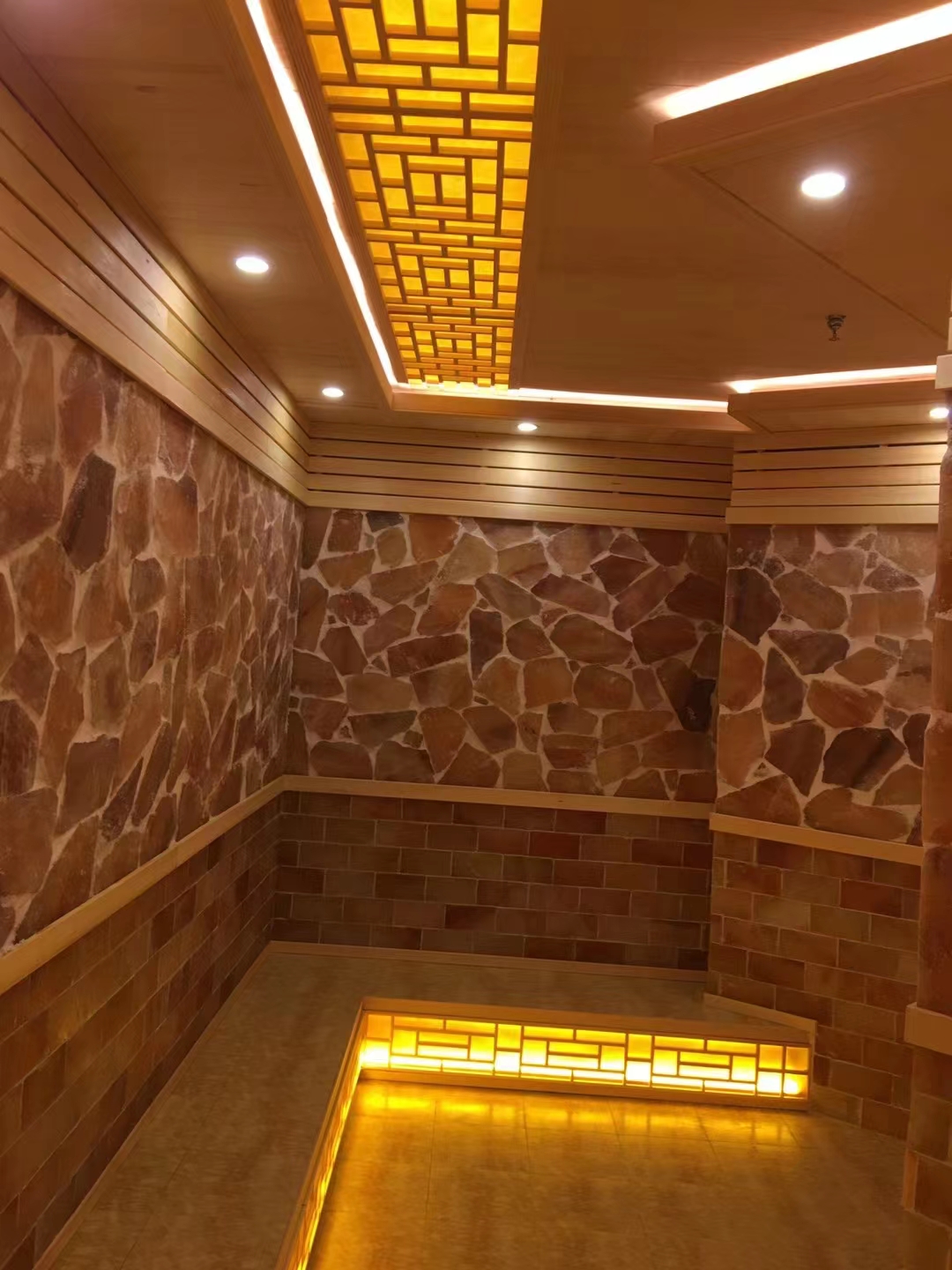
Saunas have long been a popular way to relax and rejuvenate, offering numerous health benefits. One important aspect of creating an optimal sauna experience is ensuring efficient heating. In recent years, the use of infrared-reflective materials in sauna rooms has gained attention for its potential to enhance heating efficiency. This article will explore the various benefits of incorporating such materials.
Infrared-reflective materials are designed to reflect infrared radiation back into the sauna room. When the heating source emits infrared rays, these materials act as a barrier, preventing the heat from escaping through the walls, ceiling, or floor. This means that the sauna can reach and maintain the desired temperature more quickly and with less energy input. As a result, users can enjoy a warm and comfortable sauna environment in a shorter amount of time, while also reducing the overall energy consumption of the sauna.
For example, in a traditional sauna room without infrared-reflective materials, a significant amount of heat may be lost through the walls, especially if they are made of materials with poor insulating properties. However, by using infrared-reflective panels or coatings on the walls, a large portion of the emitted infrared heat is redirected back into the room, keeping the interior warmer for longer periods. This not only makes the sauna more efficient but also provides a more consistent and enjoyable heating experience.
Another advantage of using infrared-reflective materials in sauna rooms is the improved heating uniformity. These materials help to distribute the heat more evenly throughout the space, eliminating cold spots and ensuring that every part of the sauna is heated to the same temperature. This is particularly important for the comfort and effectiveness of the sauna session.
Infrared radiation travels in a straight line until it encounters an object or surface. By using reflective materials strategically, the infrared rays can be redirected and spread more evenly across the sauna room. This means that users will not experience areas of excessive heat or cold, but rather a consistent and pleasant warmth throughout their bodies. This enhanced heating uniformity also promotes better blood circulation and sweating, which are some of the key benefits of using a sauna.
The ability of infrared-reflective materials to reflect heat back into the sauna room leads to significantly faster warm-up times. When the heating system is turned on, the infrared rays are immediately reflected and concentrated within the space, rather than being lost to the surroundings. This allows the sauna to reach its operating temperature much quicker than a traditional sauna without such materials.
For busy individuals or commercial sauna facilities, faster warm-up times can be a major advantage. It means that users can start enjoying the benefits of the sauna sooner, without having to wait for a long time for the room to heat up. This increased efficiency can also lead to higher customer satisfaction in commercial settings and more convenient use in residential applications.
Using infrared-reflective materials in sauna rooms can result in significant energy savings. As mentioned earlier, these materials improve heat retention and reduce heat loss, which means that the heating system does not have to work as hard to maintain the desired temperature. This leads to a lower energy consumption over time, which can have both economic and environmental benefits.
In addition to reducing energy bills, energy savings also contribute to a more sustainable and environmentally friendly sauna operation. With the growing concern about energy consumption and its impact on the environment, using energy-efficient materials like infrared-reflective ones is an important step towards reducing the carbon footprint of sauna facilities.
The improved heating efficiency provided by infrared-reflective materials can also have a positive impact on the lifespan of the heating equipment in the sauna room. When the heating system does not have to work as hard to maintain the temperature, it is less likely to experience excessive wear and tear. This means that the components of the heating equipment, such as the heating elements or the control systems, are less likely to fail prematurely.
By extending the lifespan of the heating equipment, sauna owners can save on replacement costs and maintenance expenses. Additionally, a more reliable heating system ensures that the sauna can be used consistently without disruptions due to equipment failures.

